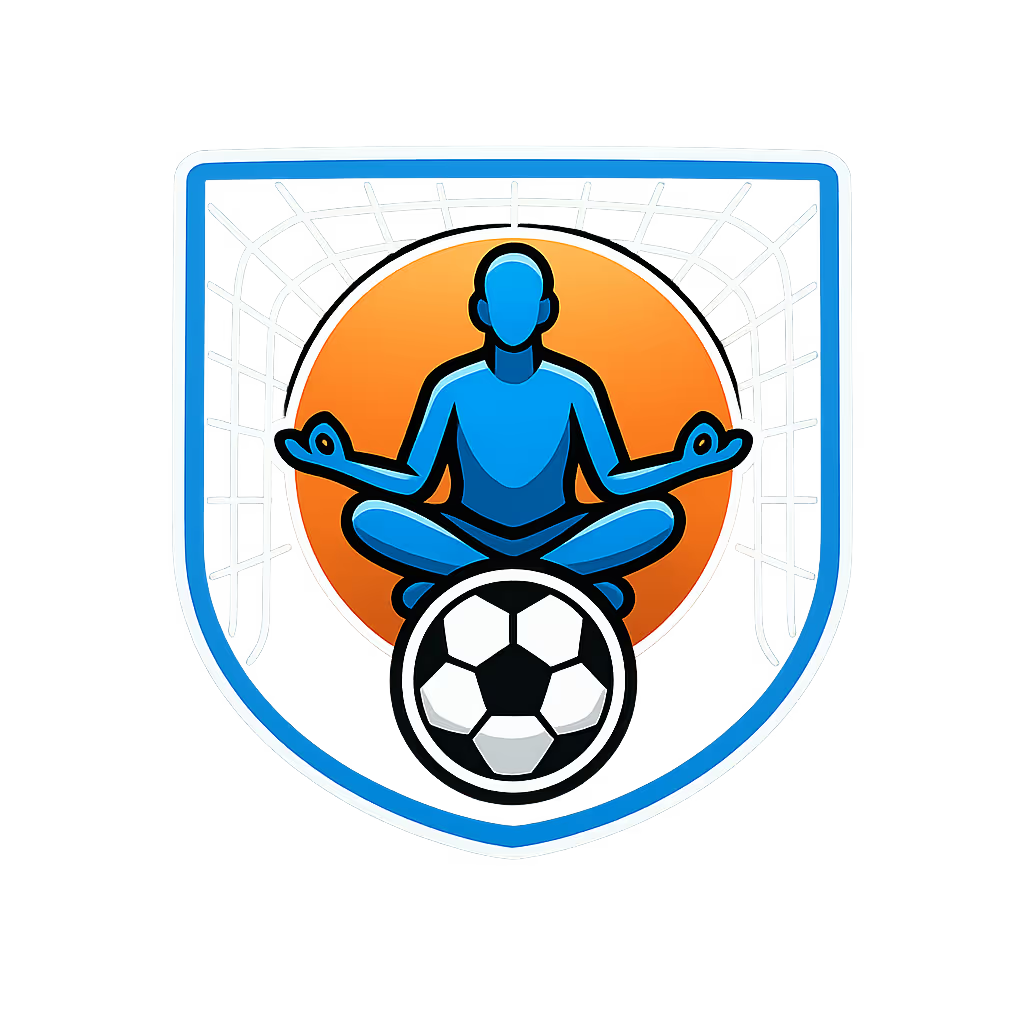If you’ve ever placed a bet on football, chances are it was in the Match Odds market - also known as 1X2. It’s the most familiar betting option out there and yet it’s one of the easiest places to make lazy picks and miss real value.
At Goals Guru, we often see bettors overlook the depth behind Match Odds pricing - treating it like a coin toss rather than a market shaped by sharp money, team news and momentum.
Let’s unpack how this simple-looking market actually works - and how to approach it more intelligently.
What Are Match Odds (1X2)?
“1X2” refers to the three possible outcomes of a football match:
- 1 = Home win.
- X = Draw.
- 2 = Away win.
You’re betting on the result after 90 minutes (including injury time) - not extra time or penalties. It’s that straightforward… on the surface.
Why Is It Called “1X2”?
It’s just shorthand used by bookmakers and betting exchanges - “1” is the home side, “2” is the away side and “X” represents a draw. This terminology is used commonly across Europe and on in-play betting screens.
Why Everyone Uses It - And Why That’s Risky
✅ Simple And Widely Available
It’s the default option at every bookie. You can find it in any match, in any league, around the world.
✅ Clear Win/Loss Outcome
There’s no confusion. If you backed the home team and they win, you win.
But...
❌ It’s Often Mispriced
Because this is the most popular market, it’s also the most efficient - meaning bookmakers sharpen their odds based on massive betting volume.
If you’re backing short-priced favourites blindly then you’re rarely getting value.
❌ Draws Are Underbet
Most casual punters hate betting on a draw. That can lead to inflated prices - and value on the X if you know what to look for.
Common Mistakes We See with Match Odds
❌ Always Picking The Favourite
Just because Man City is priced at 1.33 doesn’t mean it’s good value. Sometimes the price doesn’t reflect rotation risk, fixture congestion or opponent motivation.
❌ Ignoring The Draw
Draws happen more often than people think - especially in tight fixtures, derbies or matches between two well-matched sides.
❌ Overestimating Home Advantage
Yes, home teams win more - but in modern football the gap has shrunk. Crowds, travel comfort and tactical flexibility have changed the landscape.
❌ Not Checking Implied Probability
Betting odds reflect a percentage chance. If a team is 2.00 (evens), that implies a 50% chance. Ask yourself - "Do they really win this 1 in 2 times?"
How To Use The Match Odds Market Smarter
📊 Convert Odds To Probability
Use a simple odds-to-percentage calculator. Then ask: "Does my research suggest the outcome is more or less likely than that?"
🧠 Consider Motivation
Who needs to win? Is the underdog scrapping for survival while the favourite has already qualified for Europe?
🔎 Look For “Soft” Factors
Injuries, manager changes, fixture congestion - these don’t always get priced in accurately, especially in the lower leagues.
🧾 Shop Around
Because this is a popular market, you’ll find better prices by using a resource like "Oddschecker" which sources the best odds at different bookmakers. Even a small edge makes a difference long-term.
When Is The Match Odds Market Best Used?
- For single bets when you’ve done your homework.
- As part of a system where you look for draw bias, underdog value or home/away angles.
- With other markets like Draw No Bet (DNB) or Double Chance for protection.
Final Thoughts
The 1X2 market might seem basic but that’s where a lot of sharp bettors thrive. By thinking deeper than the average punter, you can uncover value in places others overlook.
👉 Want to see how we break down weekend Match Odds value?
Join Goals Guru and get expert picks, sharp pricing angles and football insights that go beyond the obvious.


